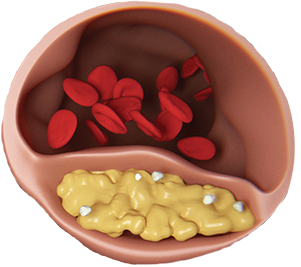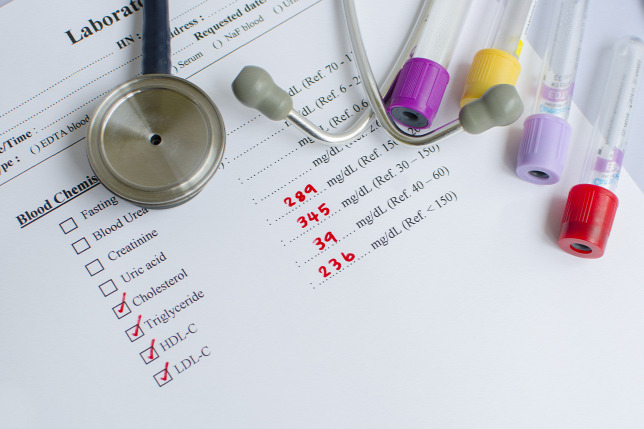CHOLESTEROL FROM ONE’S BODY
Even though it has earned a bad reputation, cholesterol, in reality, is needed by one’s body to make hormones, bile acids, and vitamin D. Cholesterol plays a role in keeping the body healthy. However, high levels of one type (LDL or Low-Density Lipoproteins) or low levels of another (HDL or High-Density Lipoproteins) can put one at risk of heart disease, heart attack or stroke (cerebrovascular accident). The liver and other cells produce about 75% of the blood cholesterol needed to aid the body function properly.
Genetics is an important factor that determines how much cholesterol one’s body produces. Certain individuals inherit genes that make their bodies produce too much cholesterol, or keep their bodies from absorbing enough cholesterol. Even if they are not eating food that is high in cholesterol, they could still have high cholesterol.
CHOLESTEROL FROM FOOD
25% of blood cholesterol is from the food one eats. Food is broken down in the stomach by digestive enzymes before it enters the small intestine. In the intestines, fat, carbohydrates and proteins are processed and absorbed through the intestinal walls and transported through the body. In the liver, triglycerides, and proteins form together to make LDL and HDL. LDL transports cholesterol to all cells in the body while HDL transports cholesterol away from cells and back to the liver to be flushed from the body. And this is what makes HDL “good” cholesterol.
Saturated fat and cholesterol in the food one eat can escalate blood cholesterol level. Too much LDL will make cholesterol to be deposited in one’s arteries and form a plaque. Cholesterol plaque builds up slowly, eventually resulting in blocked arteries (atherosclerosis) which in turn reduce the flow of oxygen-rich blood to one’s heart. This can cause heart disease, heart attack, and also stroke if the plaque form in a brain artery.

HOW TO REDUCE CHOLESTEROL
Lifestyle changes can help lower cholesterol
- Reduce the amount of saturated fat and cholesterol in diet: If it’s not lowered enough by reducing saturated fat and cholesterol, the amount of soluble fibre in one’s diet can be increased.
- Regular physical activity (30 minutes daily): This can raise HDL (good cholesterol) levels.
- Losing weight: Excess weight tends to increase one’s LDL levels.
MEDICATIONS (STATINS) FOR HIGH CHOLESTEROL TREATMENT: HOW THEY WORK
The main goal of cholesterol treatment is to lower the levels of LDL (bad cholesterol). The body needs cholesterol to function, but sometimes, due to genetics, food intake, and activity, the level of cholesterol goes too high.
What statins do is block an enzyme (HMG-CoA reductase) that is necessary for the liver to produce cholesterol. Statins are therefore known as HMG-CoA reductase inhibitors. Examples of statins are atorvastatin, simvastatin and rosuvastatin. There is a resultant reduction of cholesterol in the bloodstream and a decrease in risk for high-cholesterol-related diseases.
Sources: US FDA
Harvard health publications
Previous
Next


